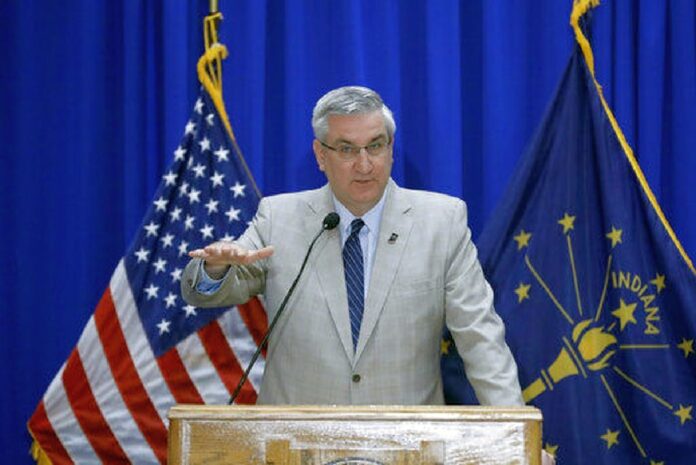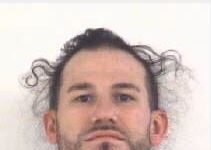
INDIANAPOLIS — State officials on Monday outlined their plans to handle a likely surge of COVID-19 patients in the coming weeks, including strategies for doubling critical care capacity at hospitals throughout Indiana and increasing supplies and medical personnel by using retired health care workers and medical students.
In an online press conference on Monday, Gov. Eric Holcomb, State Health Commissioner Dr. Kris Box and Dr. Jennifer Sullivan, secretary of the Indiana Family and Social Services Administration, said they expect to start seeing COVID-19 patients flooding Indiana hospitals sometime in the next two to eight weeks as the virus continues to spread across the state.
There were 1,786 confirmed cases of COVID-19 in Indiana, and 35 deaths, as of Monday, according to the Indiana State Department of Health. There have been 13 cases reported in Bartholomew County, but no deaths, according to local reports.
“We believe that Indiana’s COVID-19 patient surge will begin soon, and peak surge is expected to be mid-April to mid-May,” Sullivan said. “Every hospital and hospital system in Indiana has been working on a surge plan and we have been discussing those plans as a cross-sector group.”
Currently, Indiana has 1,940 critical care beds, or ICU beds, and had 1,177 ventilators as of March 1, Sullivan said.
Columbus Regional Hospital has “more than 50” ventilators and is licensed for 225 beds, hospital officials said last week. About 60% of critical care beds are currently in use across the state, Box said.
Indiana is projected to reach its peak number of COVID-19 patients on April 17 and would need an estimated additional 402 ventilators to treat the expected surge in patients, according to the Institute for Health Metrics and Evaluation, an independent population health research center at University of Washington Medicine.
For more on this story, see Tuesday’s Republic.




